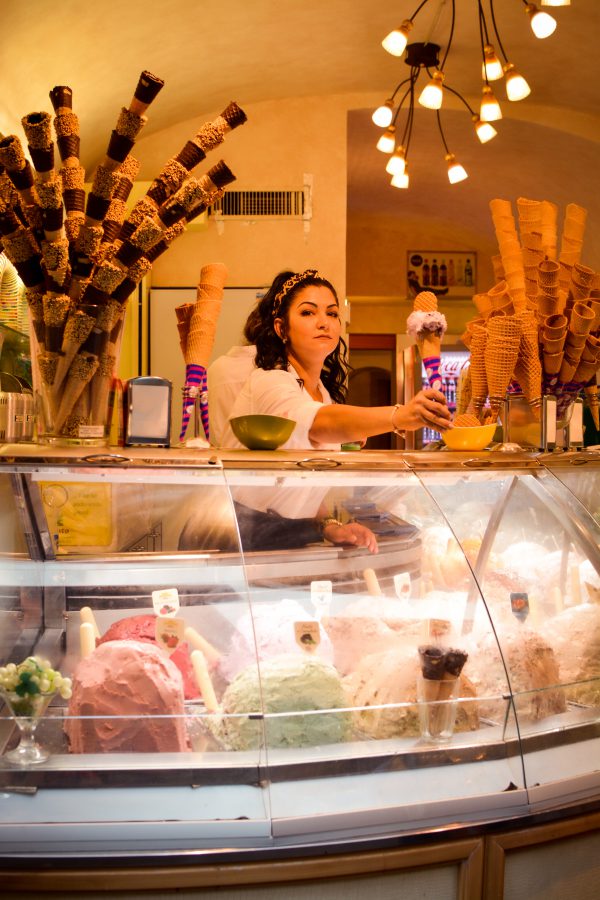Last Updated on September 26, 2022
With the sprawl of chain stores and supermarkets, local markets and local producers are disappearing by the day. But they are very important figures in bringing high-quality food to our tables.
Small producers can sell their products directly to the public at farmers markets. Buying local food has many benefits for the environment, the community, the economy, and your household. Today, we’re talking about farmers markets and why they need your support.
What Are Farmers Markets?

A farmers market is a marketplace where local producers and growers sell their produce directly to the public without any middleman involved. What you can find at a farmers market really depends on your location.
For example, the markets of Mexico City are more of an adventure than a shopping trip, as you can find traditionally grown food as well as other interesting stuff you didn’t even know existed, such as handmade soaps with different essential oils, various spice mixes, or different crafts from your local artists.
You don’t have to go all the way to Mexico to experience such an intricate farmers market, as you might be surprised how diverse your local producers actually are. You can typically get freshly grown fruits and vegetables, milk, cheese, honey, eggs, fresh yogurt, flower bulbs, spun wool, and many other local products.
Farmers Markets Vs. Regular Grocery Stores

Farmers markets are usually set up weekly, and you might need to plan ahead to fully benefit from them. You may also need to pay attention to how you store your fresh produce to allow it to last until your next trip to the market and reduce waste in the kitchen.
It’s true that chain stores and supermarkets are great when you need to buy groceries or ingredients at a moment’s notice. You can easily find everything you’re looking for without having to wait for your local farmers market to be set up. But this convenience comes with hidden costs that don’t show in your receipt but impact our communities nonetheless.
How Long Is Your Supply Chain?
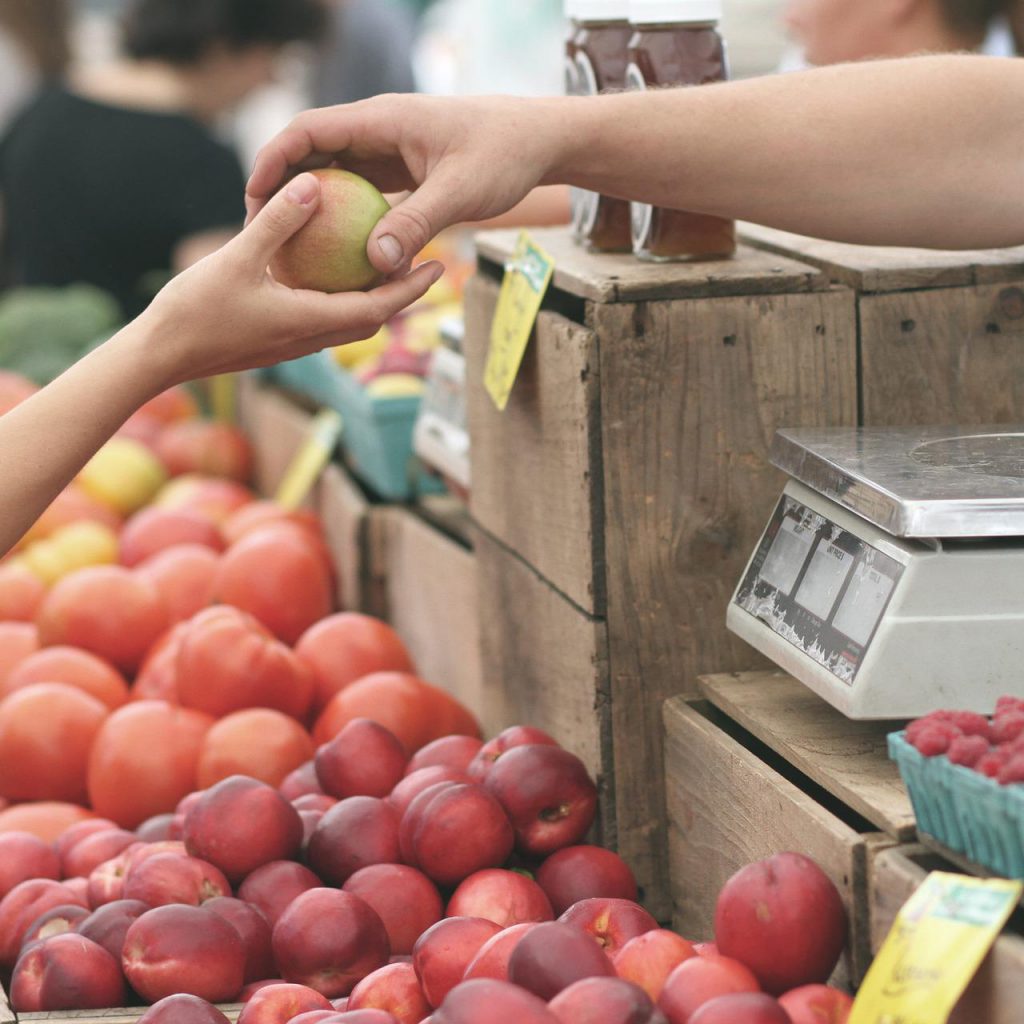
A supply chain is a network of entities that are active in producing and distributing a product. Supply chains stretch between producers and consumers and include producers, warehouses, vendors, transportation companies, distribution centers, and retailers.
Every link on this chain provides a service and thus adds to the final cost of the product. These products are usually more expensive than they would be if you could reach them locally, without an intermediary. Moreover, the price tag doesn’t mean they are of better quality than local goods.
For example, when a cargo ship transports oranges from Spain to the US, the oranges are bought in bulk — as in tons — and it takes up to several weeks for the products to reach the stores. Let’s look at the implications of such an example.
Our hypothetical (but also very real!) imported oranges are most likely supplied by huge companies who buy them cheap from individual farmers who don’t have a better option. They are measured, checked, warehoused, transported, and warehoused again to be distributed to your supermarkets, where workers place them in crates so you can pick one up and valiantly try to smell hints of sunshine on the tired and road-weary orange.
In short, you pay for the wages of all the intermediaries in between, and very little of the profit goes to actual producers. In fact, those intermediaries often pressure local farmers to increase their share as much as possible.
There is also the carbon footprint of the oranges (or any other produce) to think about. According to Rey, the author of Climate-Smart Food, 22% of the carbon emission comes from transportation of the food items. Of course, the math is not so simple, since the pesticides, herbicides, fertilizers, and the fuel used by machinery during harvesting also affect the carbon footprint of a product.
When you buy from a farmers market, you don’t only bypass the transportation, but also bypass the mass producers who use heavy machinery to farm.
A Friendly Way to Shop
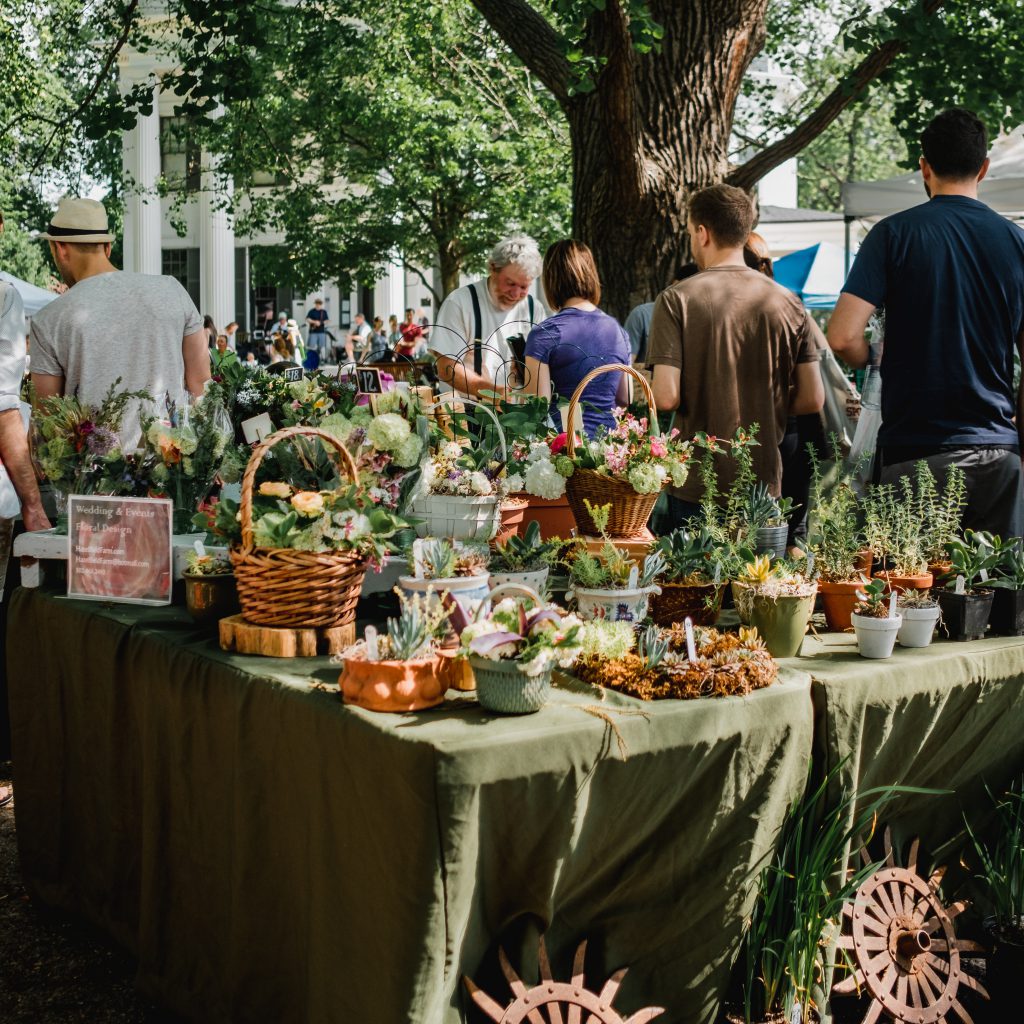
Strolling through farmers markets is not only a fun way to browse fresh, local food, it’s also a wonderful opportunity to get to know the people who grow it. It’s no wonder that these markets have become so popular, making them one of the top tourist attractions in many cities.
Local farmers can tell you about the different varieties of produce they grow and the best ways to prepare, cook, and serve them. You’ll learn when the next harvest is and what to expect each season.
Farmers, consumers, and members of the wider community can all benefit from farmers markets. Many small farmers are able to survive only thanks to the popularity of urban open-air markets. Without middlemen, they can offer low prices while still making a profit since they don’t have to pay shipping, distribution, and marketing fees.
As a result, city dwellers enjoy such things as same-day corn, vine-ripened tomatoes, tree-ripened peaches, and richly flavored honey harvested straight from the hive, all at reasonable prices.
A Nutrition Boost
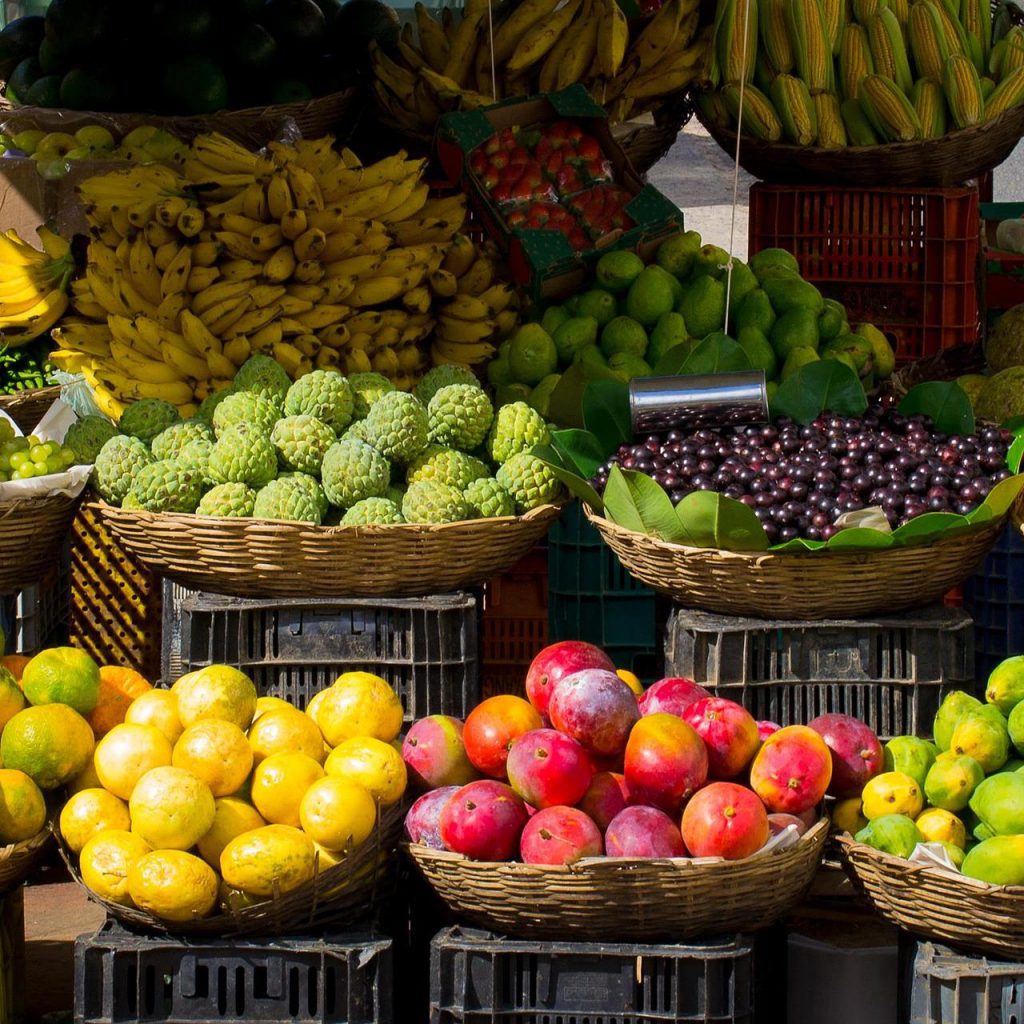
The nutritional value of foods peaks during their harvesting season. If you’re concerned about getting enough nutrition from your vegetables, you should probably stay away from the summer broccoli and winter tomatoes you can find in chain stores. Buying seasonal fruits and vegetables from local producers is a good way to have fresh, ripe products with better taste and quality.
Furthermore, small farmers often offer uncommon varieties of fruits and vegetables that are not found in regular grocery stores. You can discover new fruits and vegetables or try different versions of an old favorite.
Supporting Local Producers

When you buy from an international chain market store, most of the profit goes to the company’s bank accounts, even though these corporations hardly need more money to keep operating.
When you buy locally, you promote the work of producers in your region, whether they are farmers, beekeepers, breeders, or gardeners. You are also supporting your community since the money circulates among local businesses, increasing the livelihood of the people in the whole community.
Reducing Food Waste
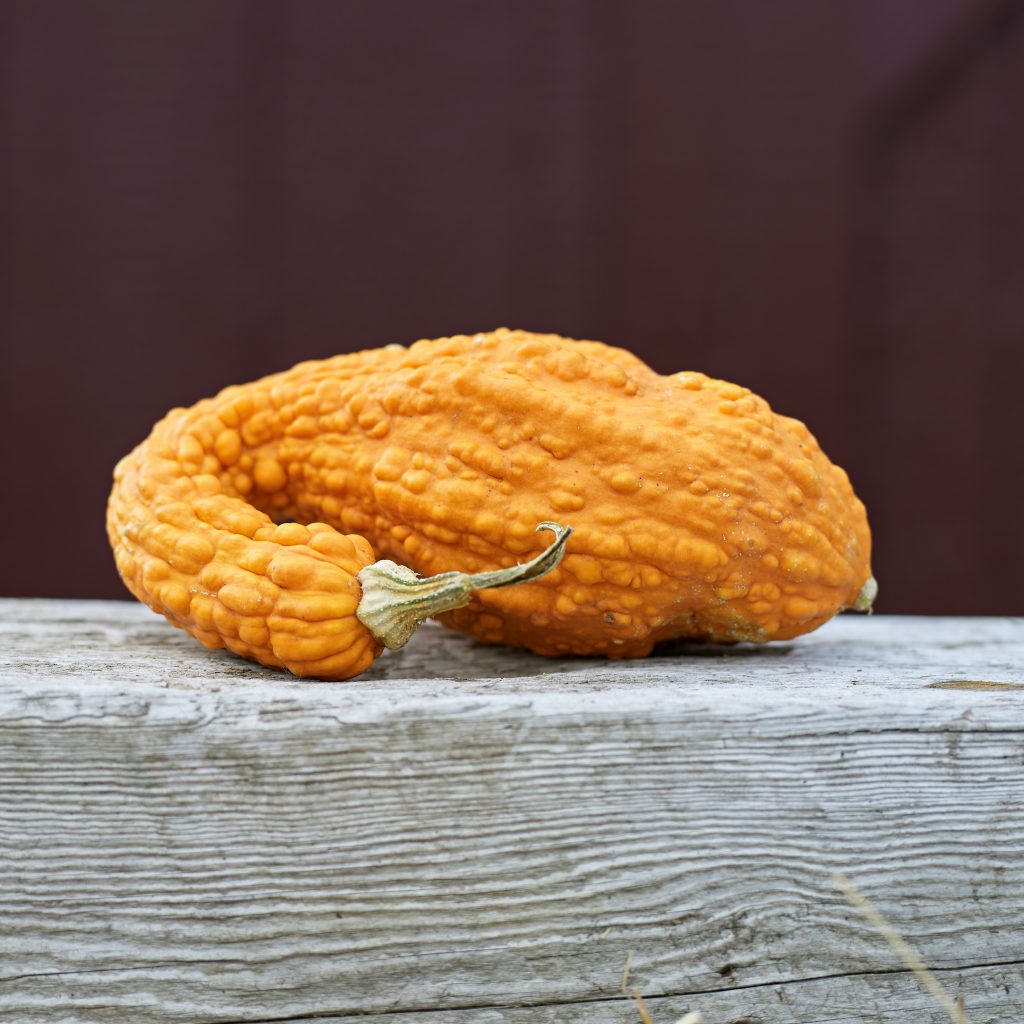
If you haven’t been to a farmers market recently, you may not have seen an ugly (but delicious!) vegetable in some time. Ugly fruits and vegetables are more common than you think but we don’t really see them around as they don’t meet the supermarket aesthetics and are discarded before they leave the farms. You’d be surprised to learn that 20% of onions, 25% of apples, and 13% of potatoes grown in the UK, for example, are wasted on cosmetic grounds.
Farmers markets make it possible to reduce food waste since you can buy products that don’t meet the standards of large retailers. When you go to a grocery chain market, for example, you are less likely to buy that wonky tomato that stands out from the rest. It doesn’t feel right, because retailers don’t allow ugly produce on their shelves. But that wonky produce is cherished as much as the spotless ones at farmers markets.
Pick Your Battles, and Produce Right
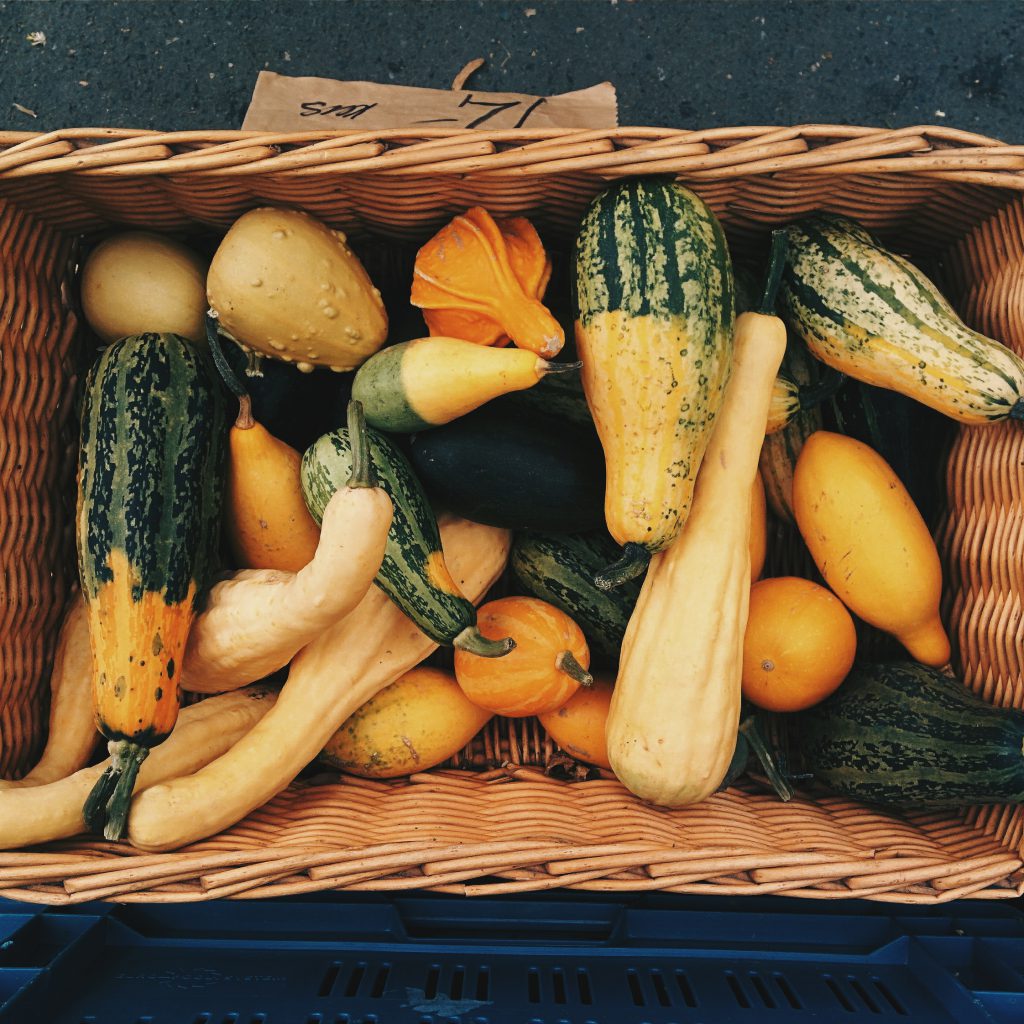
Farmers markets allow you to pick fruits and vegetables that are harvested fresh, fully ripe, and ready to eat. On the other hand, the ones you usually buy at the supermarket are generally harvested before they reach the optimum ripeness. If they’re harvested ripe, they can’t withstand the effects of packing, storage, and shipping operations. Your produce might be coming from hundreds or maybe thousands of miles away, and as such, it won’t be as fresh and ripe as you can find in farmers markets.
Shop Local, Eat Fresh, and Support Your Community!
Farmers markets do more than provide fresh food and preserve the tradition of small family farms. In many towns, the presence of a farmers market has led to improved neighborhoods and helped to further stimulate business development in the area, benefiting the local communities in a way chain stores can’t.
You can do yourself, your community, and the planet a huge favor by heading to your local market to check out the products local artisans and farmers selflessly produce for your community.



